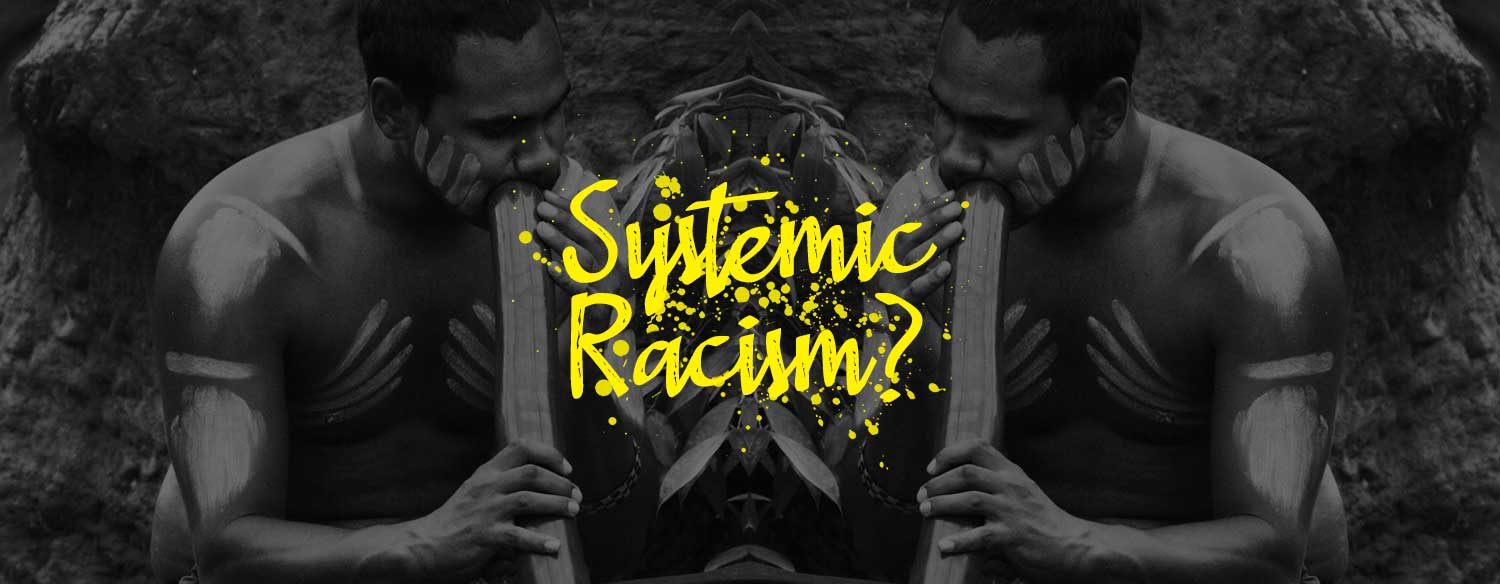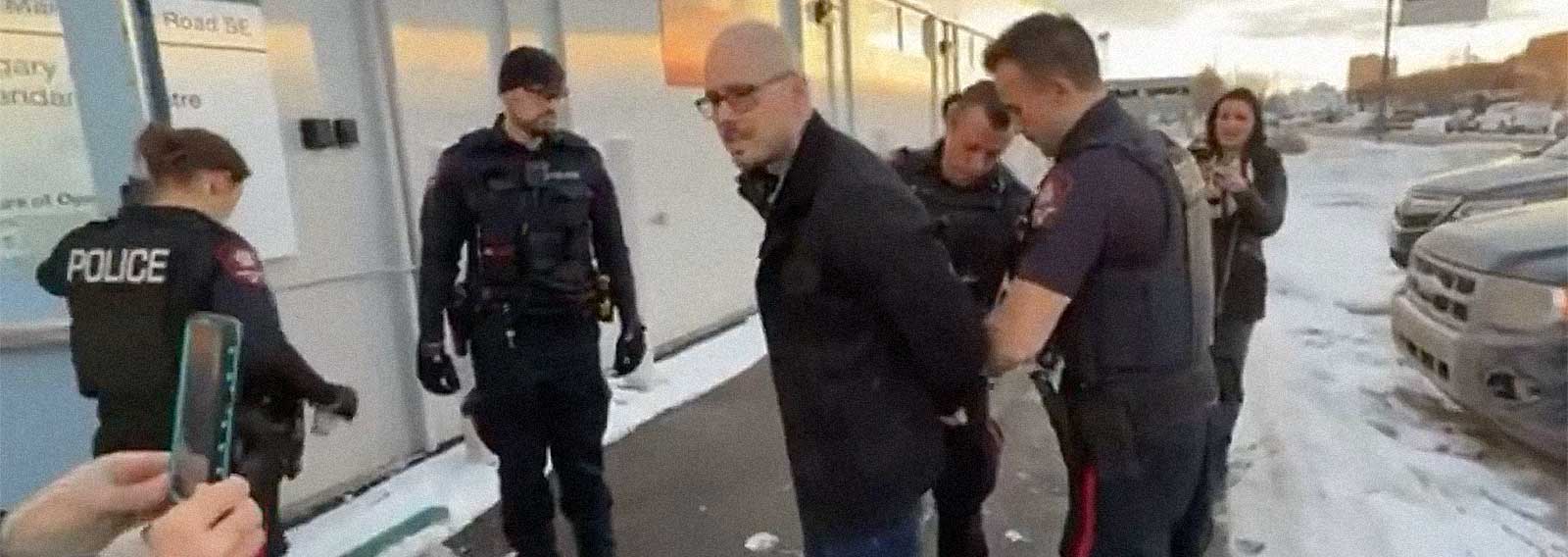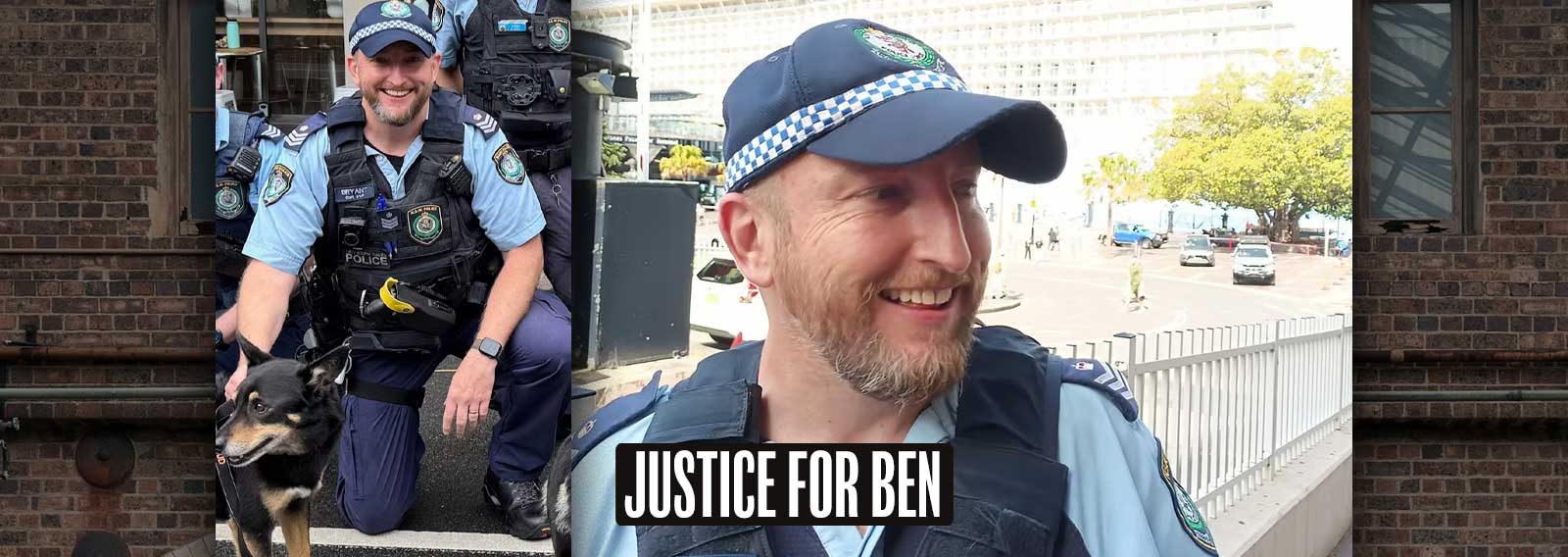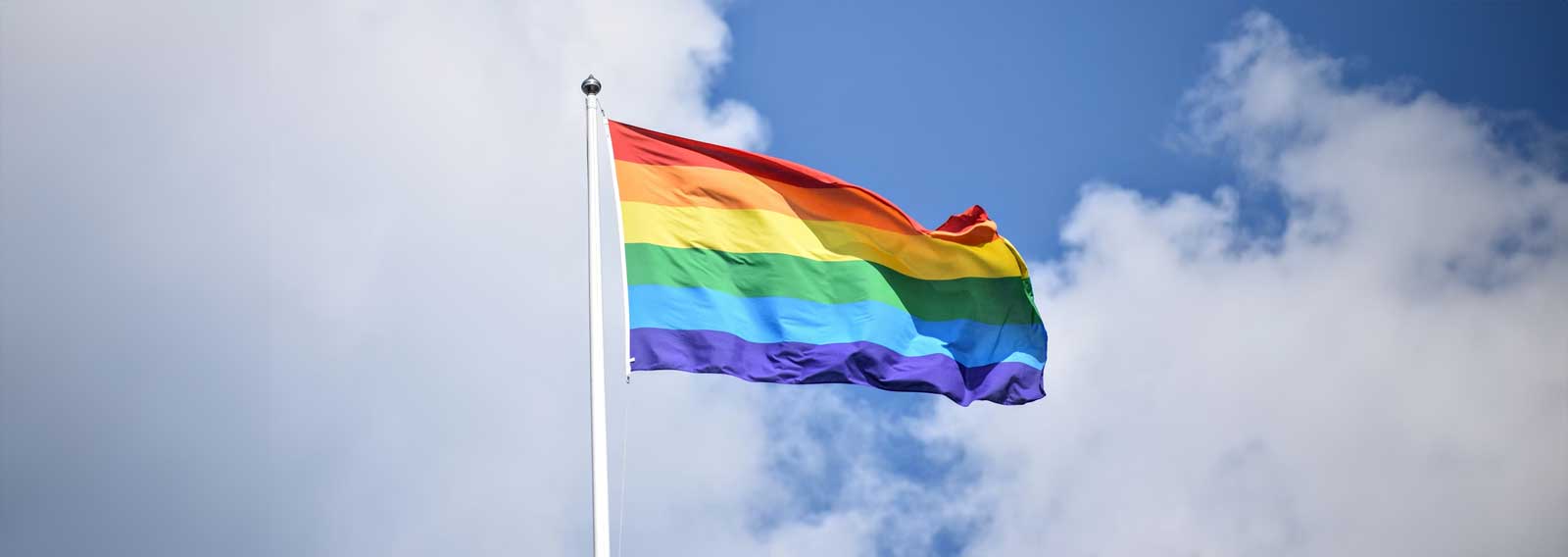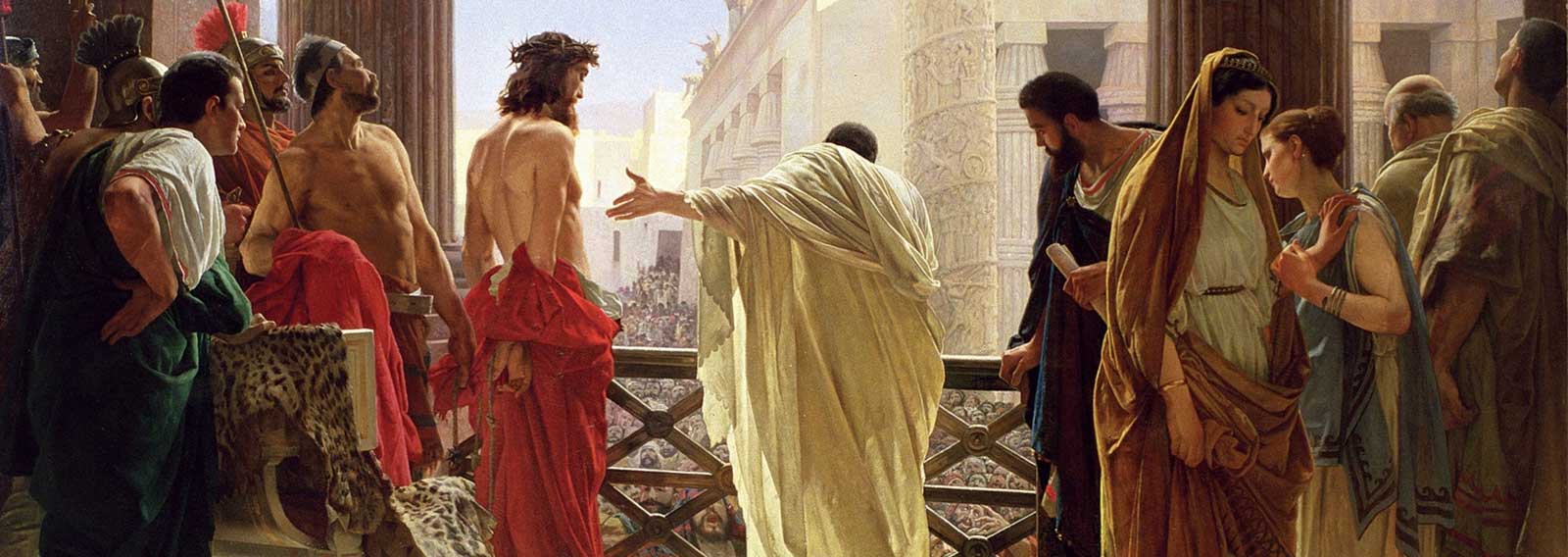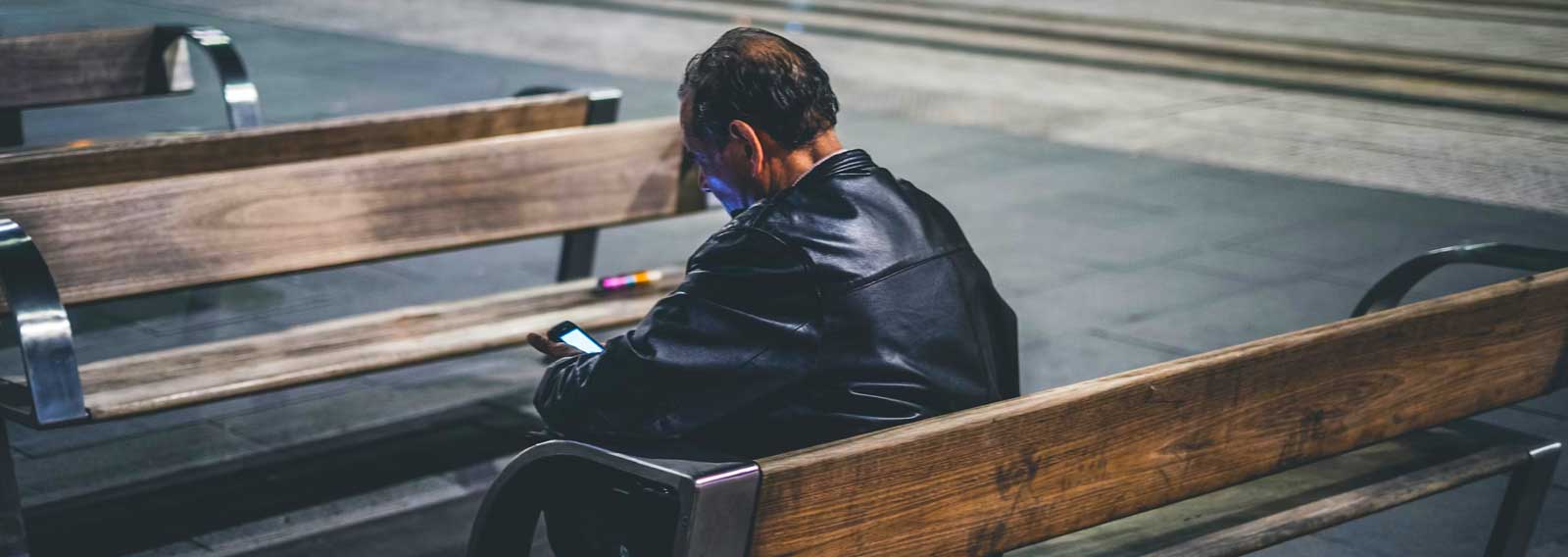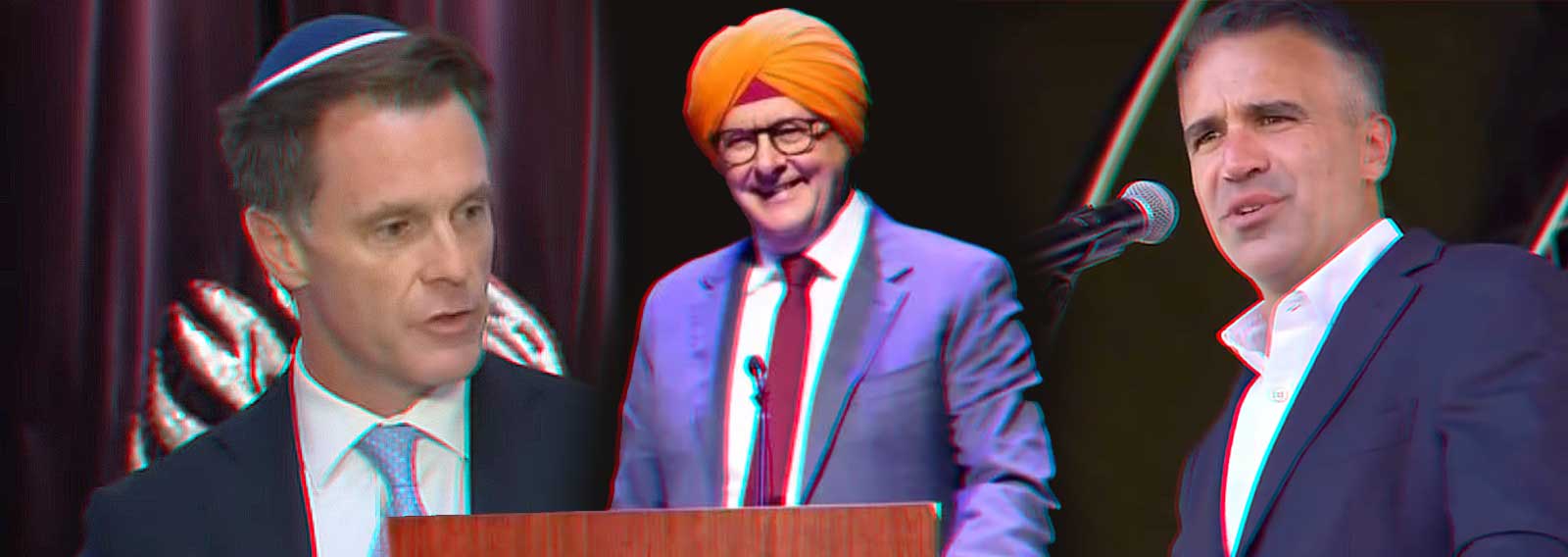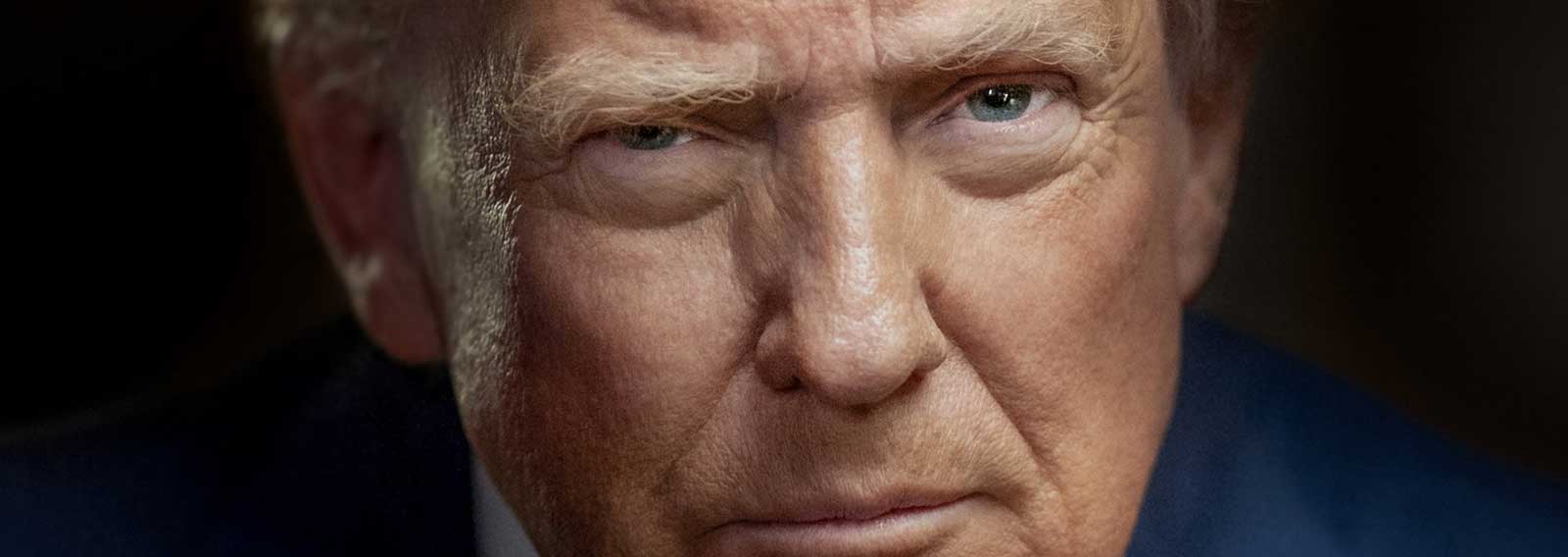Over the coming days and weeks, you will be told a lie.
In fact, not just one lie, but a series of lies, mistruths and opinions masquerading as fact, pushed by a media circuit that is infatuated with establishing a false narrative to divide us on the basis of skin colour.
You will be told that systemic racism exists in modern Australia. You will be told that disparate impact is somehow a facet of systemic racism. And finally, you will be told that these supposed biases manifest themselves in the form of police brutality, incarcerations and deaths in police custody.
But here are some things you perhaps won’t read in the media. Despite making up just 3.3% of Australia’s total population:
- Indigenous people commit 15.7% of all homicides.
- 20% of Indigenous Australians experience domestic abuse in the household.
- 25% of children who are sexually or physically abused are Indigenous.
- Indigenous children are 7.5 times more likely to be victims of child sexual or physical abuse (this figure is tragically underreported in the Indigenous community).
- Illicit drug use by indigenous people is twice as high as that of the general population.
- 28% of all indigenous people have used illicit drugs in the past 12 months. Compare that to just 13% in the general population.
It is not racist to point out that there are different crime statistics between races. Statistics are not racist; they’re just statistics.
Before going any further, it’s important to acknowledge that there are a number of examples from Australia’s past that demonstrate racism on a systemic level. Yet the Australia that exists today has since turned a new leaf, making systemic racism, or the practices and laws that were innately discriminatory, a thing of the past. We can’t hold the system accountable for laws that no longer exist. Whilst racism will sadly always occur, the myth that systemic racism dominates the Australian culture of today is an outright lie.
Quite often, folks will cite that the over-policing of Indigenous areas results in a higher incarceration rate. This is true, but race is not a determining factor here. The aforementioned statistics demonstrate that Indigenous communities have higher rates of crime and therefore an increased police presence in these areas is not racist, rather common sense. More police officers enforcing the law at both a state and federal level in areas where crime is prevalent is simply part of an efficient allocation of policing resources.
Never forget that those who suggest that the incarceration figure of Indigenous Australians (28%) should more closely reflect the Indigenous population of Australia (3.3%), are trampling on the graves of the many Indigenous people who are the victims of sexual, physical, domestic and substance abuse every year.
And perhaps the biggest misconception becomes apparent when we compare deaths in police custody. Whilst any death in police custody is tragic, it’s important we get the full picture before carelessly diagnosing this as an issue of race. Since the 1991 Royal Commission into Aboriginal deaths in police custody, between 400-500 Indigenous Australians have died in police custody. Yet the widespread media portrayal of this figure seemingly implies that suspects are being taken into a back room and beaten to death, when, in reality, this is far from the case.
The Guardian’s database which encapsulates all deaths in police custody since 2008 shows that over 47% of fatalities died due to medical complications and a further 15% were found to have committed suicide on their own accord with cases of drug or alcohol intoxications also a common cause.
Depending on the study, most analyses of police custody fatalities show that roughly 19% of deaths in custody are committed against Indigenous Australians. This seems abnormally high, but when the higher rates of crime are considered, the disparity becomes negligible. In fact, a report by the Australian Institute for Criminology in 2016 concluded that “Indigenous people are now less likely than non-indigenous people to die in police custody”.
So why does any of this matter? Well, it’s for the sake of the people who breached and will continue to breach COVID restrictions to attend these protests, putting themselves and the rest of the country at risk. It’s for the sake of the Australian businesses whose operation WILL be stopped or damaged in some way by these public demonstrations. And it’s for the sake of these misguided protestors who are giving up their time based on a false media narrative.
Statistics tell a story, albeit an uncomfortable one in this instance. You may ask yourself, why is it that we should listen to a 20-year old white private schoolboy from the Gold Coast on an issue about race? It’s because the notion that an individual’s race makes them more qualified to talk on any given subject is a deeply regressive thought and its something that we can’t allow to fester in our progressive society which should focus on the content of a person’s character, not factors outside of their own control.
During this time, arm yourself with the facts, realise that modern Australia is the greatest multi-ethnic society on this planet and play your part in mending this growing divide. Protests like what we have seen unfold last week across the country are not the way a country comes together; it is the way a country falls apart.
When all of this is taken into account, perhaps it is time we focussed on the two real issues facing Australia today. Police brutality is rife and deaths in police custody for suspects of any race are an unacceptable occurrence that no ordinary Australian should permit. But more appropriately, we must look to address the disappointing crime statistics that continue to occur in the Indigenous community today.
The pigment of an individual’s skin colour doesn’t make them more likely to commit a crime, so the explanation must stem from a combination of past historical racism against indigenous people, cultural issues or relevant socio-economic factors.
If we truly cared for the safety of our Indigenous people, this should be the topic that our government and the media look to address. But before we can begin anything, we must end the myth that the Australian law enforcement of today is driven by systemic racism, because victimisation doesn’t solve a single thing.



